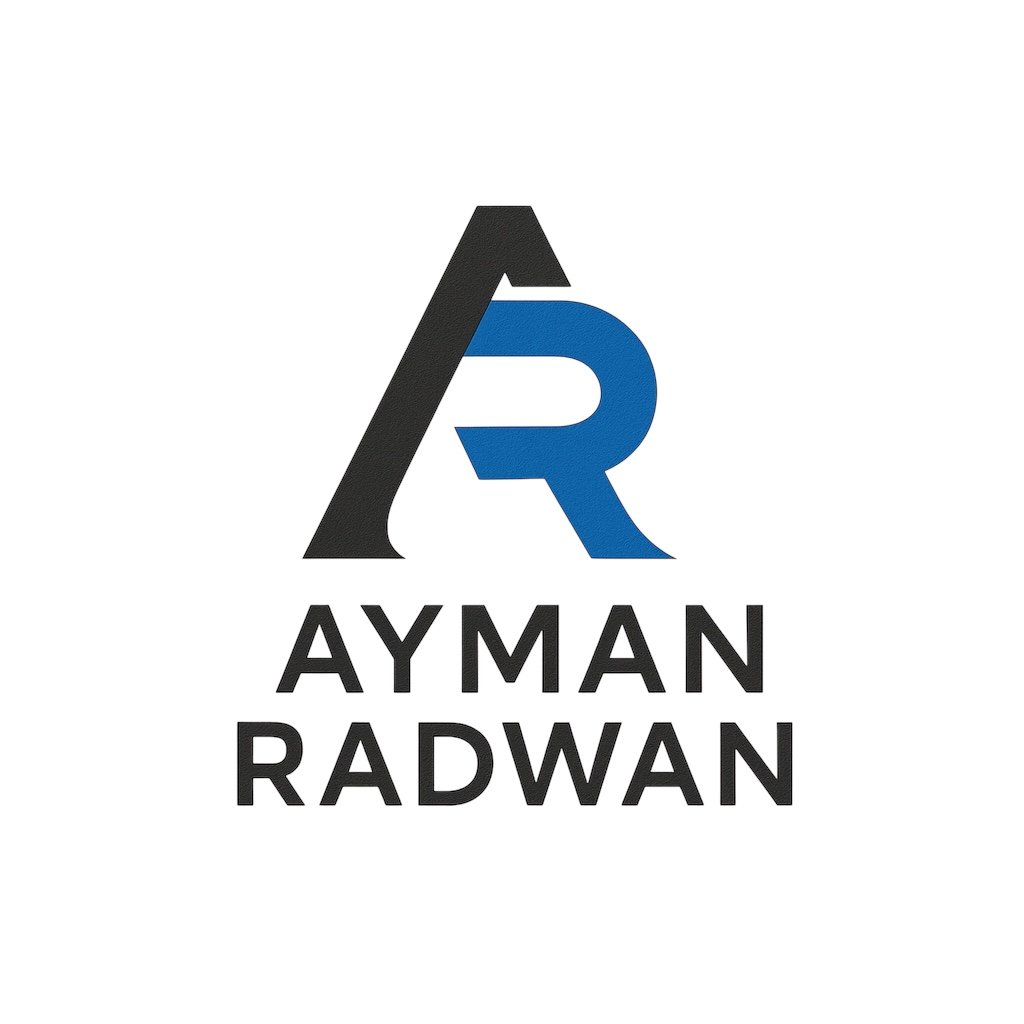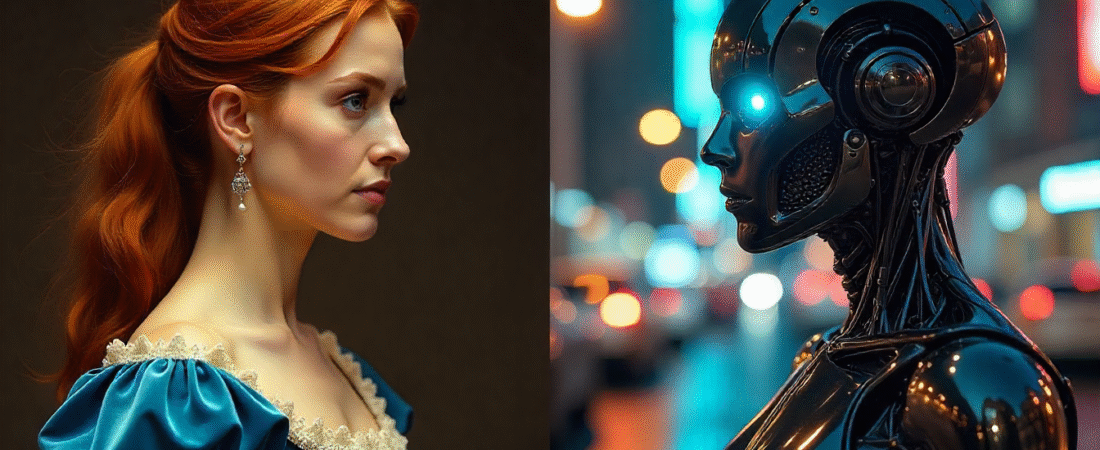Introduction
We stand at the intersection of history and invention, where the masterpieces of the past meet the boundless capabilities of artificial intelligence. Every time a machine learning model is trained on classic literature or vintage cinema, AI and creators’ rights in reimagining classics come to the forefront—content can be enhanced, translated, localized, or even reimagined entirely. Yet this power raises pressing questions about artistic rights, ethical AI, and the stewardship of cultural heritage.
But in this dynamic reshaping of artistic heritage, a vital question echoes through the process:
Whose voice are we amplifying—and whose are we silencing?
When the Source Becomes the Resource
Artificial intelligence systems—particularly generative models—learn by consuming vast datasets: millions of books, scripts, images, and films. Among these are often public domain works: novels by Tolstoy, paintings by Monet, silent films from early cinema. These classics are treated as raw material—training data.
But what happens when the line between inspiration and appropriation begins to blur?
A generative AI might write a “new” novel in the style of Virginia Woolf. It might create a “remastered” scene inspired by Fritz Lang. It might even dub a classic film using new dialogue, voice synthesis, and real-time language translation.
The results are often impressive—yet they ride on the backs of the original creators, sometimes without acknowledgment, consent, or compensation.
While public domain laws may allow unrestricted use, they weren’t designed with machine learning in mind. Nor do they address the ethical dimensions of using an artist’s vision, voice, and soul as a springboard for algorithmically generated content.
Beyond the Legal: The Ethical Ownership of Art
Ownership in the arts isn’t just a matter of copyright. It’s about stewardship. It’s about cultural memory. And it’s about honoring the intent behind the creation.
When we use AI to “modernize” a silent film, are we preserving it—or are we overwriting its essence?
When we ask a model to imitate the prose of a long-gone author, are we reviving their spirit—or exploiting it?
There’s a fine line between homage and distortion. And without transparency in how AI models are trained—and without frameworks that credit original creators—we risk turning art into commodity, and legacy into code.
A Call for a New Creative Contract
We need a new kind of contract between technology and tradition—one that protects the dignity of creators and respects the complexity of their work, even in the digital age.
This doesn’t mean rejecting AI. On the contrary, it can be a powerful tool to preserve, translate, and revive forgotten masterpieces. But it must do so with accountability.
Three principles should guide us:
1. Attribution
Even when a work is in the public domain, its origins must be acknowledged. AI-generated outputs should cite their influences just as we would in scholarly or journalistic work.
2. Consent—When Possible
For living artists or the estates of creators, consent should be actively sought before training AI models on their work. Ethical innovation begins with permission, not assumption.
3. Cultural Guardianship
Preservation isn’t just about digitizing old content—it’s about honoring historical context, narrative integrity, and original intent. AI must serve art, not overwrite it.
The Role of Leaders in Media Innovation
This is not just a philosophical dilemma—it’s a leadership challenge.
Those of us shaping the future of media, broadcast, and content production have a responsibility to ensure the tools we embrace reflect the values we uphold.
Innovation without conscience is just disruption.
The next phase of AI integration must be guided by intelligent ethics, not just artificial intelligence. If we reimagine the classics, let’s do so with humility. Let’s give the original creators their due—because their genius is not just data. It’s memory. It’s heritage. And it’s the very reason we still care to look back at all.
Final Thoughts
The future of storytelling is undoubtedly entangled with AI. But the soul of storytelling will always belong to the human spirit.
Every line of code that replicates a voice, every image that resembles a masterpiece, and every scene that echoes the past carries a shadow of someone else’s brilliance.
Let’s treat that brilliance not as a shortcut—but as a legacy.

